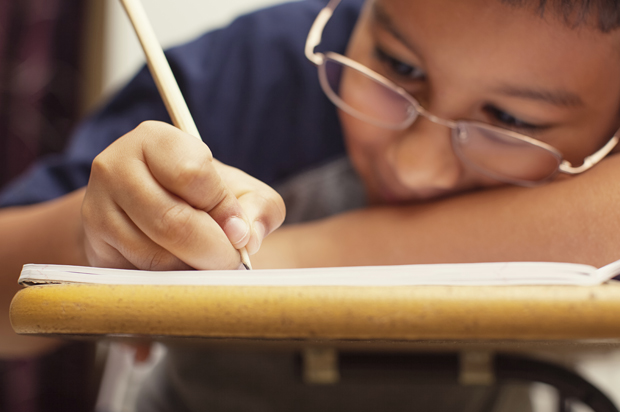CREATIVE SCHOOLS
Posted by Kathy Irwin
Forget standardized tests, here’s how we really engage our kids.
Test makers rake in bucks, students and teachers chafe under the strain.
Here's a better way forward for everyone.
Test makers rake in bucks, students and teachers chafe under the strain.
Here's a better way forward for everyone.
Human beings are highly curious learning organisms. From the moment they’re born, young children have a voracious appetite for learning. For too many, that appetite starts to dull as they go through school. Keeping it alive is the key to transforming education.
By schools, I don’t mean only the conventional facilities that we are used to for children and teenagers. I mean any community of people that comes together to learn with each other. School, as I use the term here, includes homeschooling, un-schooling, and informal gatherings both in person and online from kindergarten to college and beyond. Some features of conventional schools have little to do with learning and can actively get in the way of it. The revolution we need involves rethinking how schools work and what counts as a school. It’s also about trusting in a different story about education.
Too often, those who are succeeding are doing so in spite of the dominant culture of education, not because of it. So what can you do? Whether you’re a student, an educator, a parent, an administrator, or a policymaker— if you’re involved in education in any way—you can be part of the change. To do that, you need three forms of understanding: a critique of the way things are, a vision of how they should be, and a theory of change for how to move from one to the other.
If you want to change education, it’s important to recognize what sort of system it is. It is neither monolithic nor unchanging, which is why you can do something about it. It has many faces, many intersecting interests, and many potential points of innovation. Knowing this helps to explain why and how you can change it.
The revolution I’m advocating is based on different principles from those of the standards movement. It is based on a belief in the value of the individual, the right to self-determination, our potential to evolve and live a fulfilled life, and the importance of civic responsibility and respect for others. The four basic purposes of education are: personal, cultural, social, and economic and the aims of education are to enable students to understand the world around them and the talents within them so that they can become fulfilled individuals and active, compassionate citizens.
CREATIVE SCHOOLS is full of examples from many sorts of schools. It draws on the work of thousands of people and organizations working to transform education. It is also supported by the most current research available that is being put into effective practice.
Revolutions emerge from what people do at the ground level. Education doesn’t happen in the committee rooms of the legislatures or in the rhetoric of politicians. It’s what goes on between learners and teachers in actual schools.
“Creative Schools” by Ken Robinson and Lou Aronica, published April 21, 2015, by Viking, an imprint of Penguin Publishing Group, a division of Penguin Random House LLC. Copyright by Ken Robinson, 2015.
Read More at Salon.com






No comments:
Post a Comment